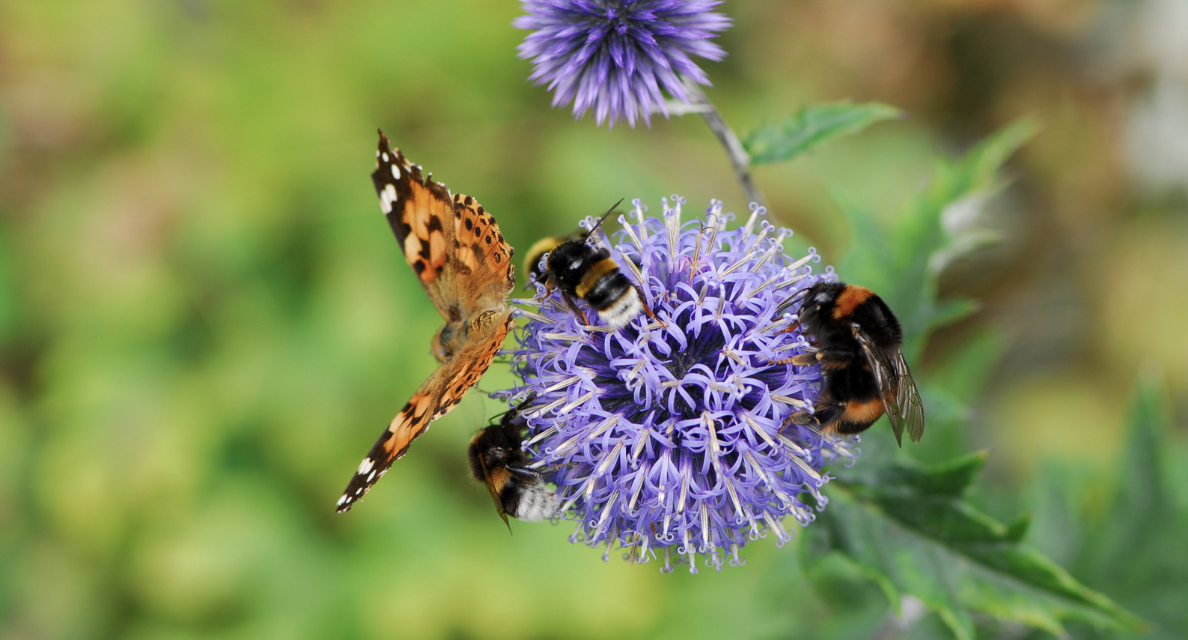As spring arrives and our gardens burst into life, attracting pollinators becomes essential for ensuring a bountiful harvest and vibrant blooms. From bees and butterflies to hummingbirds and more, these invaluable creatures play a crucial role in pollinating our plants, promoting growth, and enhancing biodiversity. Here are some essential tips for attracting pollinators to your garden this season:
1. Choose Pollinator-Friendly Plants: Opt for a diverse selection of flowering plants that are known to attract pollinators. Choose native species whenever possible, as they are well-suited to your local ecosystem and provide the best food sources for native pollinators.
2. Plant in Clusters: Planting flowers in clusters or drifts helps pollinators easily locate them and encourages them to visit more frequently. Aim for patches of color throughout your garden to create attractive feeding areas for pollinators.
3. Provide a Water Source: Pollinators need water just like any other creature. Consider adding a shallow dish or birdbath filled with fresh water to provide them with a place to drink and cool off during warm days.
4. Avoid Chemical Pesticides: Opt for Organic Pest Control Instead of harmful chemical pesticides, consider using organic alternatives to manage garden pests effectively. Ecoworm Potassium Soap is an excellent option for eliminating garden pests organically. Made from natural ingredients, such as vegetable oil, it targets common pests like aphids, earwigs, and whiteflies without harming beneficial insects or pollinators. Simply spray Ecoworm Potassium Soap on affected plants to create a protective barrier that repels pests while keeping your garden ecosystem healthy and thriving.
5. Create Shelter: Pollinators need shelter to rest and take refuge from predators and harsh weather conditions. Incorporate features like dense shrubs, flowering trees, and brush piles to provide nesting sites and shelter for pollinators.
6. Include a Variety of Flower Shapes and Colors: Different pollinators are attracted to different flower shapes and colors. Plant a variety of flowers with different shapes, sizes, and colors to attract a diverse range of pollinators to your garden.
7. Maintain Blooms Throughout the Season: Aim to have a succession of blooms throughout the growing season, from early spring to late fall. This ensures that pollinators have access to food sources throughout their active periods.
8. Consider a Pollinator Garden Design: Designating a specific area of your garden as a pollinator garden can help concentrate pollinator-attracting plants in one location. This creates a focal point for pollinators and makes it easier for them to find the resources they need.
By following these essential tips, you can create a pollinator-friendly garden that not only supports the health and vitality of pollinators but also enhances the beauty and productivity of your garden. So, roll up your sleeves, get your hands dirty, and let’s welcome the pollinators to our blooms!


Comments are closed